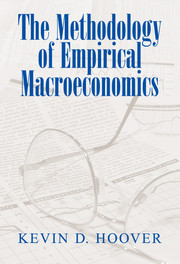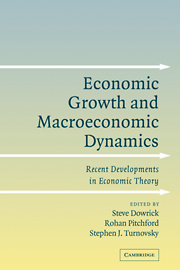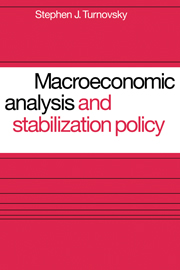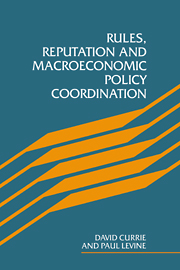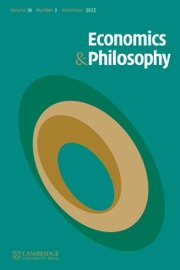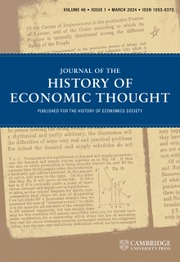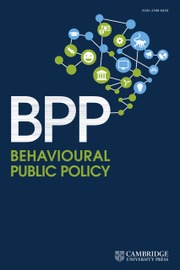Causality in Macroeconomics
First published in 2001, Causality in Macroeconomics addresses the long-standing problems of causality while taking macroeconomics seriously. The practical concerns of the macroeconomist and abstract concerns of the philosopher inform each other. Grounded in pragmatic realism, the book rejects the popular idea that macroeconomics requires microfoundations, and argues that the macroeconomy is a set of structures that are best analyzed causally. Ideas originally due to Herbert Simon and the Cowles Commission are refined and generalized to non-linear systems, particularly to the non-linear systems with cross-equation restrictions that are ubiquitous in modern macroeconomic models with rational expectations (with and without regime-switching). These ideas help to clarify philosophical as well as economic issues. The structural approach to causality is then used to evaluate more familiar approaches to causality due to Granger, LeRoy and Glymour, Spirtes, Scheines and Kelly, as well as vector autoregressions, the Lucas critique, and the exogeneity concepts of Engle, Hendry and Richard.
- First book to give equal attention to economic and philosophical aspects of causality for economists by well-regarded authors
- Covers topics in the field, such as structural approaches to causality, Lucas critique, concept exogeneity, regime switching models
- Offers two chapters on empirical case studies to demonstrate approaches to causal theory and methods
Reviews & endorsements
'Twenty years from now, a whole subdiscipline may look back to Causality in Macroeconomics gratefully for point the way forward.' Journal of Economic Methodology
Product details
October 2001Paperback
9780521002882
326 pages
227 × 157 × 17 mm
0.45kg
69 b/w illus. 15 tables
Available
Table of Contents
- 1. The problem of causality in macroeconomics
- 2. The notion of causal structure
- 3. Representing causal structure
- 4. Articulating causal structure
- 5. The reality of macroeconomic structures
- 6. Causality and macroeconomic constraints
- 7. Macroeconomics and causality
- 8. Inferring causal direction
- 9. Case study I: the causal direction between taxes and government spending in the postwar period
- 10. Case study II: the causal direction between money and prices
- 11. Causality and macroeconomics.


